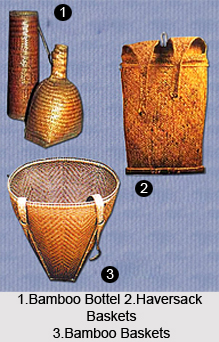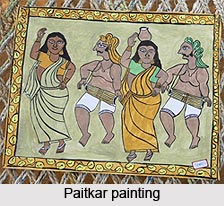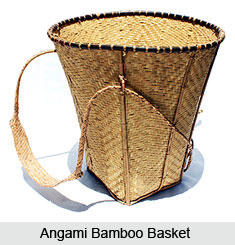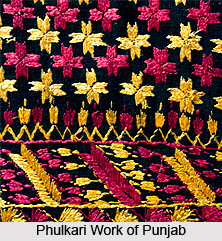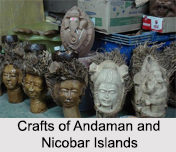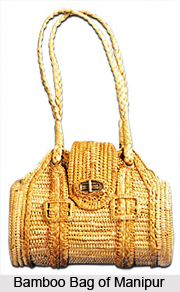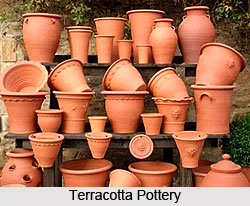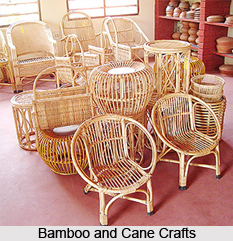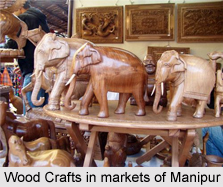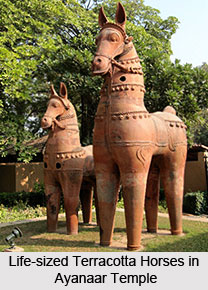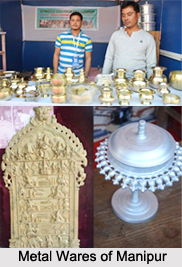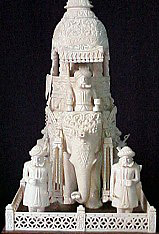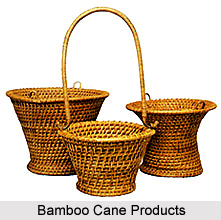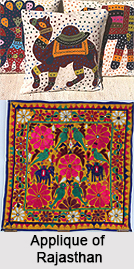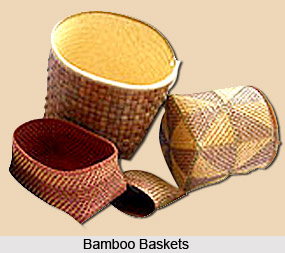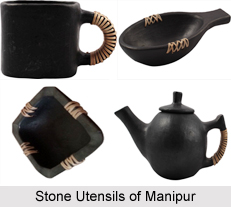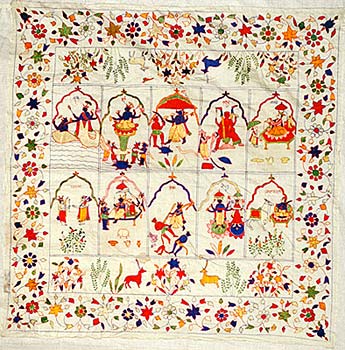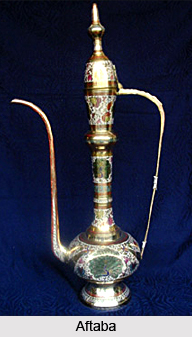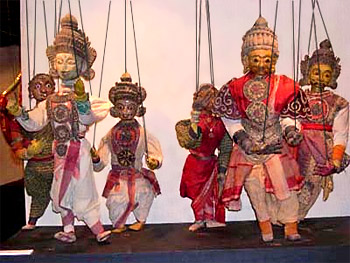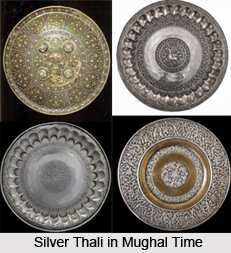 Thali of the Mughal period were made not to accompany huqqas but to be used on their own to serve food and drink. Trays or thalis of that period were decorated in various styles and were also made of different materials.
Thali of the Mughal period were made not to accompany huqqas but to be used on their own to serve food and drink. Trays or thalis of that period were decorated in various styles and were also made of different materials.
A round bidri tray, its central field decorated with eight large flowering plants radiating from a central medallion, entirely inlaid with brass, may be the earliest example of thalis of that period. Seven of its flowers are finely drawn, but it is the eighth, a bolt upright tulip, sturdier than the rest, that seizes our attention. It is more Deccani than Mughal. A second bidri tray, also inlaid solely with brass, has a similar radiating pattern, but it`s sleeker.
Three other trays of the Mughal era have dense floral scrollwork in brass and silver, like the pattern of a very fine Persian carpet. Trays with cusped, steeply angled rims manage to combine remarkable elegance with drama. Silver and brass flowers cavort beneath cusped arches, the whole radiating from a central medallion like the spokes of a wheel. The inlay is extremely durable, which is not always the case with seventeenth-century bidri. This platter may have been made to support the opulent huqqa which is decorated with similar flowers, although there are minor differences of design. Nothing surpasses it as an example of the intensity of the best Deccani design. Spurning the serenity of Mughal ornament, the inlaid plants perform a frenetic dance of tautly arched leaves and gracefully bowed blossoms. The rhythms are astonishing, but from a distance all the details coalesce to form a bold and balanced mandaia.
Three other similarly shaped trays exist. A seventeenth-century bidri piece has large rose bushes radiating from the centre, without arcades, in brass and silver. On the verso, a large brass flower has been inlaid on each cusp. Another tray, inlaid with silver only, has the familiar radiating floral design - in this case, irises - but the spirit of a new age is apparent. The flowers are glamorous, and much stylised, and the raised rim, rather than jutting straight out, is flattened down around the edge. Both features announce the more voluptuous and more precious air typical of the eighteenth century.
A tear-shaped tray stands apart from other seventeenth-century pieces. Its great sweep of arabesque in the aftabi technique, its discreet inlays of brass, its broad cavetto and its fusion of powerful, simple form with extremely fine ornament is unparalleled.
